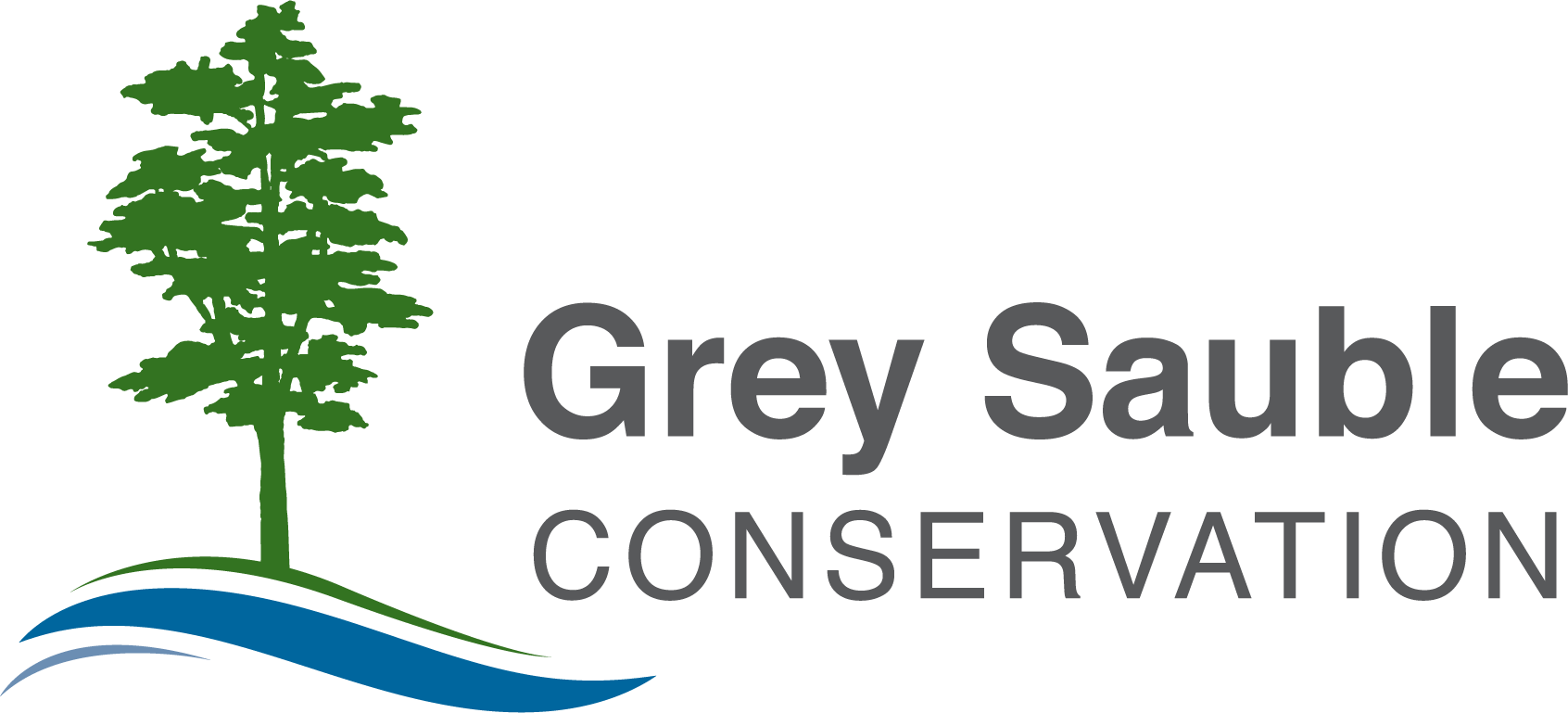What is GIS?
In general terms, Geographic Information Systems (GIS) is creating maps using computers and digital information. GIS involves the use of computer hardware and software to collect, store, analyze, manage, disseminate, relate and display spatial information; or, data that can be referenced by a location on the ground).
In a GIS, features (points, lines and polygons) are used to represent objects on the ground such as roads, property boundaries and wetlands. These features are organized into layers which can be overlayed to create maps and analyzed to view spatial and non-spatial relationships. Each feature within a “layer“ is associated with a record in a table that can store vast amounts information pertaining to that feature or object.
What GIS Provides
GIS at Grey Sauble is driven by the needs of each department within the organization. It is an essential tool which assists in decision support for day-to-day activities by the planning, water management, public relations, forestry and lands departments. Users are trained to use GIS software which is installed on most desktop computers within GSC. This software allows users to link to data from centralized SQL Server databases, creating an integrated, multi-user environment. This allows for data creation, storage, viewing, querying, printing, analysis and stewardship by all departments.
GIS makes use of large amounts of data from various sources. These data can be analyzed and used to create derivative products such as “Ontario Regulation 151/06: Regulation for Development, Interference with Wetlands and Alterations to Shoreline and Watercourses”. These base data sets can then be improved upon by using updated Orthophotography, stereo mapping and field readings using GPS units.
3D Mapping
3D stereo Photogrammetry Mapping is allowing Grey Sauble to use the raw information from air photo projects and create stereo pair models. Using these models, new, high quality elevation data is being created and base information such as watercourses, wetlands and woodlands are being capture from an improved perspective. This aids in creating accurate setbacks and mapping for ON 151/06 Regulation mapping and natural hazards.
LiDAR
Light Detection and Ranging measures the return time of a laser light to reflect off objects on the ground and uses this information to determine surface and ground elevations or topography. Grey Sauble acquired LiDAR for the lake fringe watersheds of Grey County in 2019 in collaboration with the County of Grey and the Town of the Blue Mountains.
LiDAR data can be purchased from GSCA $250/square kilometre. To request LiDAR Data please use this form. For Tile selection please see our interactive tile selection map. For ordering tiles with the Town of the Blue Mountains please visit their information page.
Aerial Photography
Grey Sauble Conservation owns a large library of aerial images of our watershed. These libraries include:
- 1954 digital and hard-copy
- 1978 digital and hard-copy
- 1991 digital and hard-copy
- 2006 digital orthophotography, 30 cm resolution, spatially referenced and corrected
- 2010 digital orthophotography, 20 cm resolution, spatially referenced and corrected
- 2015 digital orthophotography, 20 cm resolution, spatially referenced and corrected
Prints of these images are available upon request and fee.
To make a GIS data request please fill out this form.
For further assistance or information on the mapping services provided by Grey Sauble Conservation please contact our Geospatial Technician.

